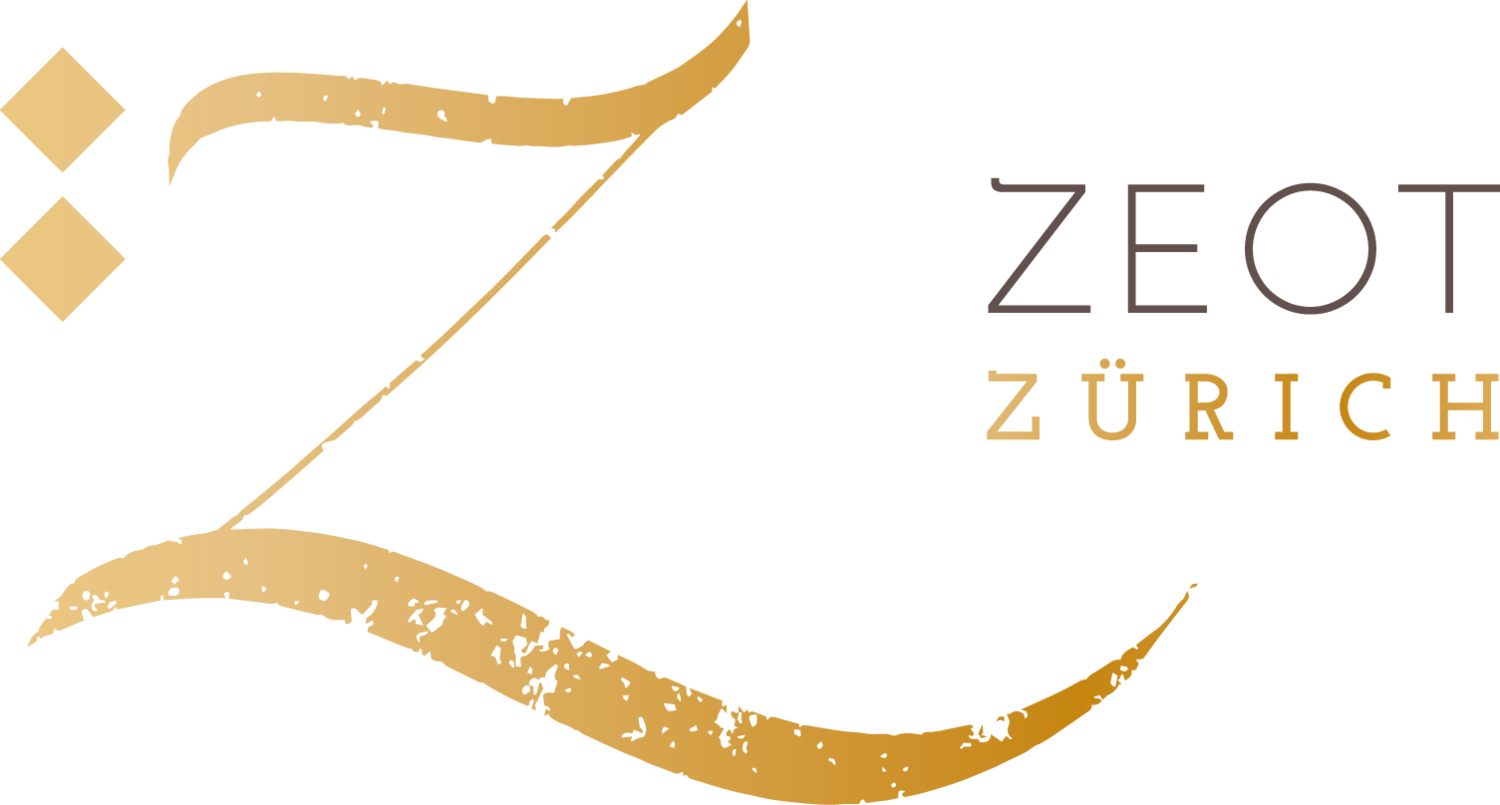THE VEIL AS A SECOND SKIN
Through spending some time alone with your veil you will discover some new and original techniques or ways to use the veil when you dance. ALIA has developed many exercises for fostering creativity, taking elements from theatrical training or contemporary dance, which she has used successfully in performance based projects such as the Phoenix Performance Project. Here we discover how to use the veil in a deeper, more emotional way.
'Urban Jungle' 2016, Photo: Roland Soldi
EXERCISE 2a: THE VEIL AS A SECOND SKIN
1. Lay the veil on the floor and find different ways to pick it up. Move slowly at first, finding how your veil can act as a second skin. What effects can you achieve by keeping the veil in contact with your body at all times, by enveloping yourself in the material.
2. What expression do you evoke when different parts of your body are covered by the veil. Does it provoke different emotions in your audience if your head and face are covered by the veil or just your arm?
3. Imagine yourself as a sculpture! What shapes can you create by covering parts of your body with the veil and tensioning it at the same time.
4. Can you move more quickly retaining the idea of a second skin? How does speed of movement change your feeling towards the veil? Maybe moving slowly feels comforting, as the veil caresses you; moving quickly may feel like you are slipping out of something, escaping!
5. Do the exercise without music several times.
6. Make sure to film yourself to capture your new ideas. Watch the film in silence or play oriental music whilst watching your movements. It may surprise you how well some movements fit to the music! Take them and use them in your veil choreography.
EXERCISE 2b : INCORPORATE YOUR IDEAS INTO A COMBINATION
1. Create a small combination using travelling steps, such as chassé, turns, arabesque, travelling vertical 8.
2. Once you are familiar with your combination, take some of the ideas you have developed relating to the veil as a second skin. Can you layer your travelling steps with any of these ideas? Can you travel in and out of one of your ideas? How does adding movement in the room change the ideas you developed in the previous exercise.
3. If you were to use this combination at the beginning of a Raks Sharki choreography or to enter onto the stage, what message would you be giving your audience? Would it make a difference dramatically to use the second skin idea at the beginning or at the end of a piece?
4. Develop a more static combination using figure 8s, undulations, arm movements whilst staying on the spot. Use your ideas again with this combination. Does the idea of a second skin work better whilst travelling or whilst staying on the spot?
COMING NEXT TIME...
More experimental exercises, such as the veil as a extension of the body or as partner, to foster creativity with the veil and escape the clichés!
Banner photo: 'Beauty to Ashes', Phoenix Performance Project, 2014. Photo: Laura Rubin


